Catapults are pretty cool medieval weapons, so naturally people want to make good use of them in Besiege.
There are a lot of ways to go about making an effective catapult in-game, but here we are going to be focusing on two particular designs.
The designs here are simple, much like those in my steering machine guide, so that even brand new Besiege players can build and make use of them easily. Only the base is being shown for both designs here, and they can be added upon very easily. (A Flamethrower at the front, maybe?)
Catapults make use of the Contractable Spring block, which contracts when you press the block’s key (L). These two designs use the following blocks:
- Wooden Blocks and Small Wooden Blocks – Basic building blocks.
- Hinges – This block allows movement between two directions parallel to one another. For instance, up and down or left and right.
- Braces – This helps keep machines steady when connecting two blocks together. A huge help keeping your creation together when using a catapult.
- Holders – Can hold a Bomb, a Flaming Ball, or a Boulder.
- Contractable Springs – The heart of the catapult. Springs pull the far end of the arm up, to toss whatever is inside the Holder forward.
- Motor Wheels – For movement across the battlefield.
If you want to use these designs but want more throwing power to them, make the arms and base longer and try your hand at the Key Mapper and Parameter Tuning tool to adjust the Contractable Springs’ elasticity.
The one-spring
This one is a little more simple than the next, so we’ll focus on it first so you can get a grasp of the very basics of how to make a catapult. You can download it here. Once built, press the ‘L’ key to throw your weapon.
This design is not great at throwing Boulders due to their heavy weight, but does fine with Bombs and Flaming Balls. In order to toss Boulders, you will need a longer base and arm, and may need to fiddle with the Contractable Spring’s parameters.
First you must make the base. It can be just about anything, but here we’re using a base in the shape of a capital ‘I’.

From here, add a single Wooden Block standing upright in the middle of the machine. Add a Hinge to the top of that block as seen below.

The Hinge is what allows the catapult arm to swing, with the Contractable Spring powering its movement. You’ll see this in a bit. Moving on…
Add a Small Wooden Block to the top of the Hinge.

And next add two Wooden Blocks on the front and back sides of the Small Wooden Block so the arm is the same length as the body.

Next, you need to add a Contractable Spring to the front of the arm, which you connect to the Wooden Block at the base directly below.

Place a Holder on the top side of the opposite side of the arm. This will be used to hold a Bomb, Flaming Ball, or Boulder. (I’ve placed a bomb in mine.)

This is the primary base for the catapult, but you should add some Motor Wheels to the catapult’s four corners. In this example, we are using the simple key mapping method to get the wheels to turn.

The key mapping method requires you to change the keys used to steer the front two wheels using the Key Mapper and Parameter Tuning tool found at the top of the screen.

Click on the wrench icon, then on the Motor Wheel on the front left of the catapult. Bind ‘Up’ to the left key and ‘Down’ to the right key. Click on Motor Wheel on the front right of the catapult and bind ‘Up’ to the right key and ‘Down’ to the left key.
Now you can roll around in style!
The basis for this design is all done, but you may want to add some Braces across the machine for increased stability. If you would like to have your catapult move faster (which is dangerous with this design), add wheels on top of the ones you’ve already placed. With these additions, your machine should look something like this:

If you mimic this design with a longer Wooden Block before the Hinge (so the catapult is taller), a longer base, and a longer arm; you can add a Suspension under the back side of the arm to keep it from tilting too far backward. Here’s an example:

Two Contractable Spring catapult design
I personally like this style of catapult more than the first, but you may feel differently. It’s worth noting Boulders are generally easier to throw longer distances with this type of catapult.
This one uses two Contractable Springs to pull the arm up in its entirety, instead of quickly tilting as in the first design. If you’re feeling lazy, here’s a convenient download for this catapult design. Once built, press the ‘L’ key to throw your weapon.
The base for this one is very simple, looking sort of like two capital ‘H’s on top of each other.

Place a single Small Wooden Block on top of the core with a Hinge sticking out behind it like in the image below.

Place three Wooden Blocks on the Hinge so half of the last block is sticking out past the base of the catapult. This is the arm.

Next, you build two columns of Wooden Blocks on either side of the Hinge, each one block away. Each column should consist of three Wooden Blocks — the same length as the arm.

It’s time to add the Contractable Springs. This is harder to explain than it is to just show you. Notice the springs are connected to the sides of the end of the arm.

Next you add your Holder and your throwable weapon of choice to the end of the arm.

And lastly, add wheels to your catapult and change the key bindings as demonstrated at the end of the first design.
If you test this out as-is, you may notice you have a chance to get some heavy recoil that can send your catapult itself flying in one direction or even break it. Let’s take some precautions, shall we?
The first thing you should do if you’re having structural problems with this design is add Braces all over the machine to help hold it together. Be sure not to put Braces between the columns holding the springs, otherwise you will stop the arm mid-throw or break the catapult.

You may have additional stability trouble with more complex catapult designs. If so, try adding Suspension before you add the Motor Wheels for your catapult to be able to withstand recoil a little better. An example of this can be seen in this image:

Hopefully this helps you along your way to learning how to play Besiege and making your own fantastic machines!




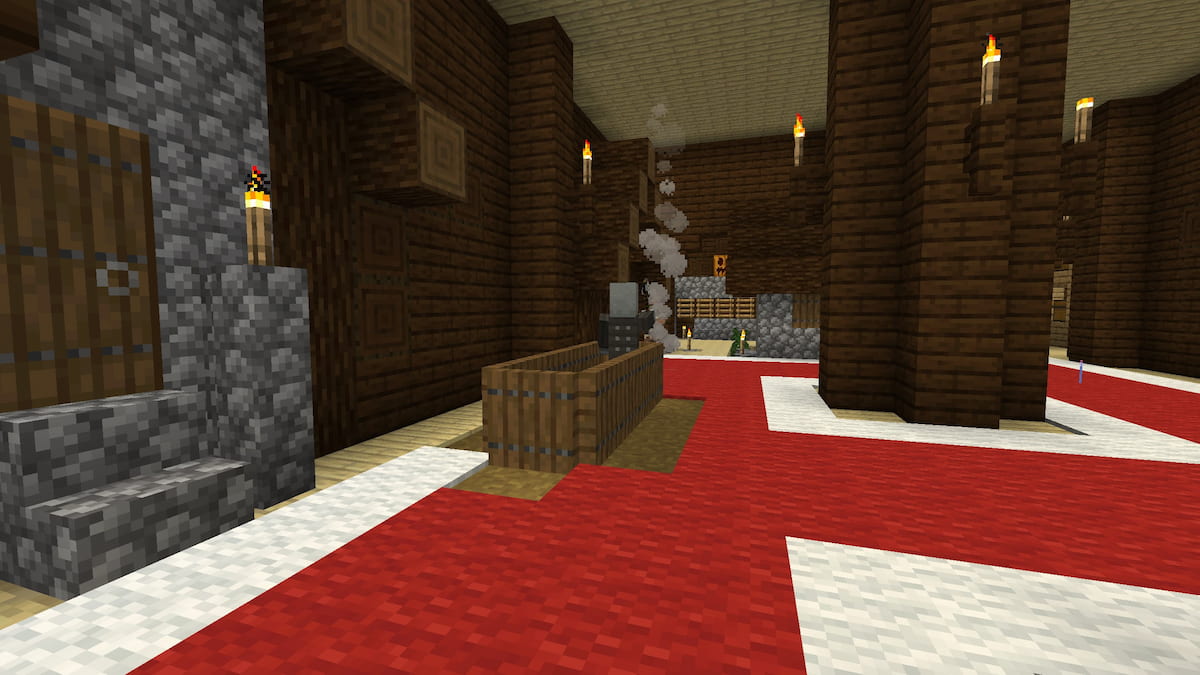
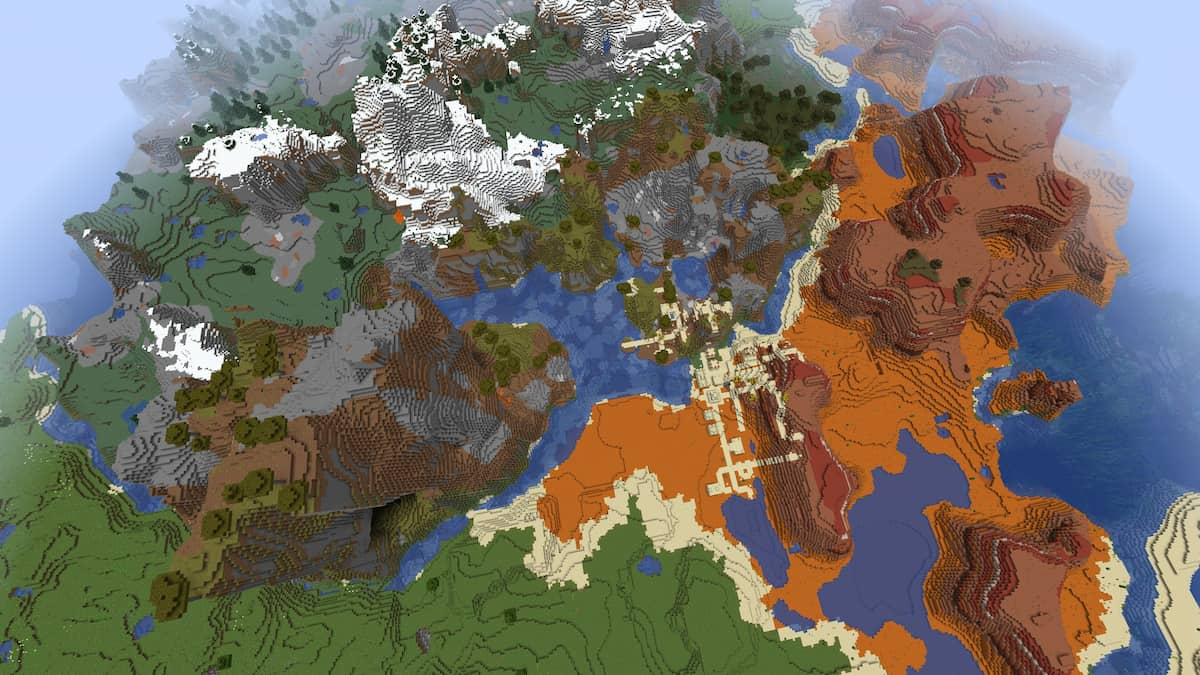
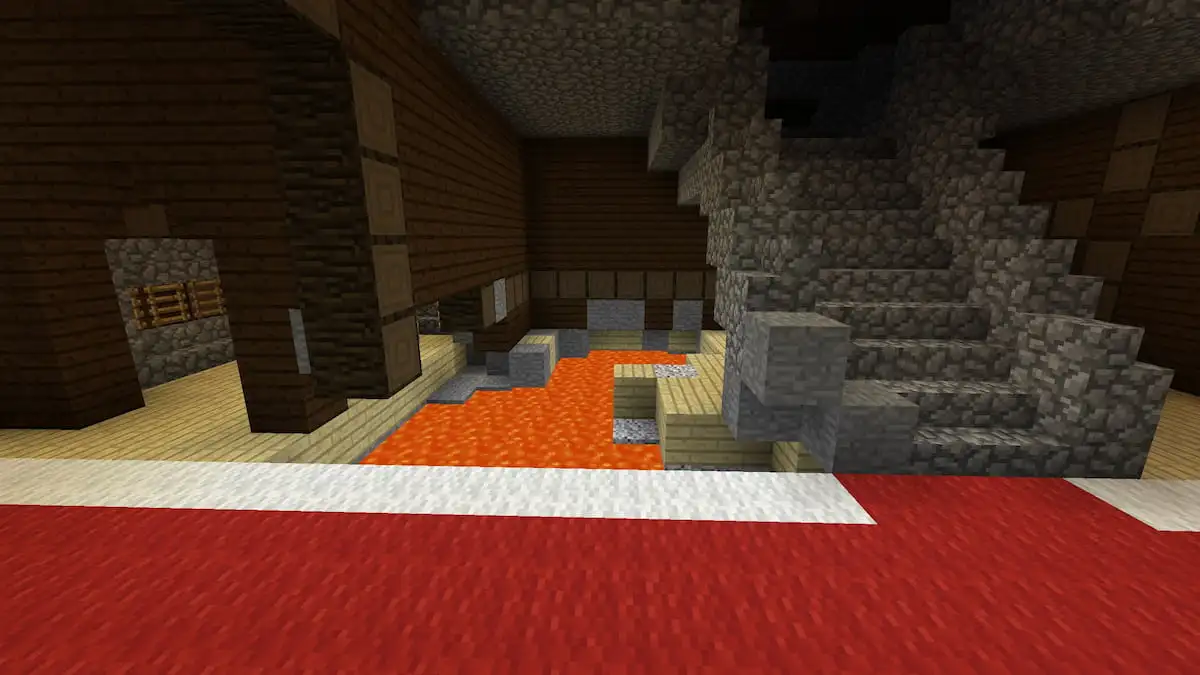
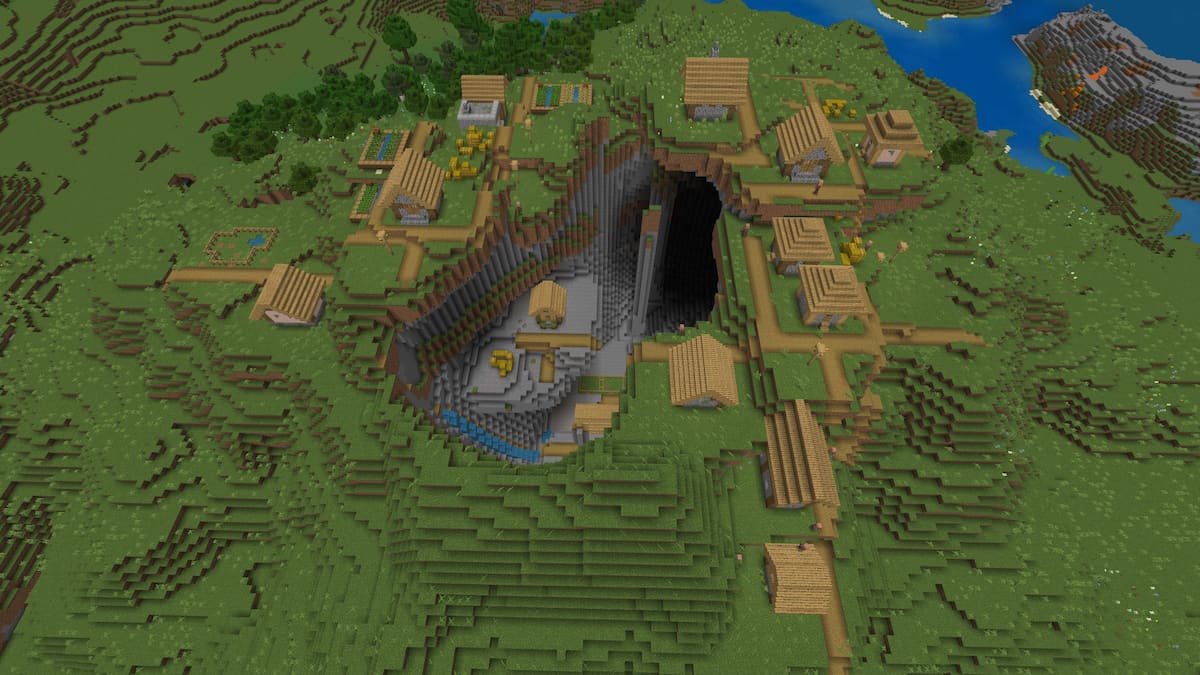
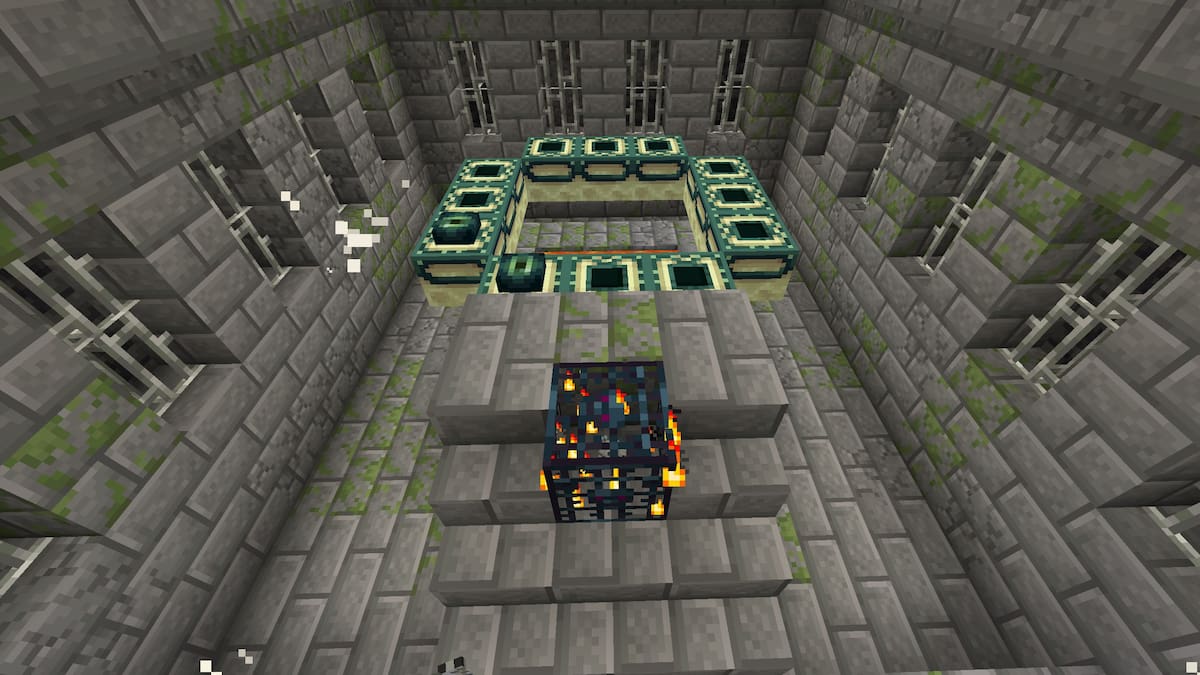
Published: Feb 17, 2015 04:44 pm